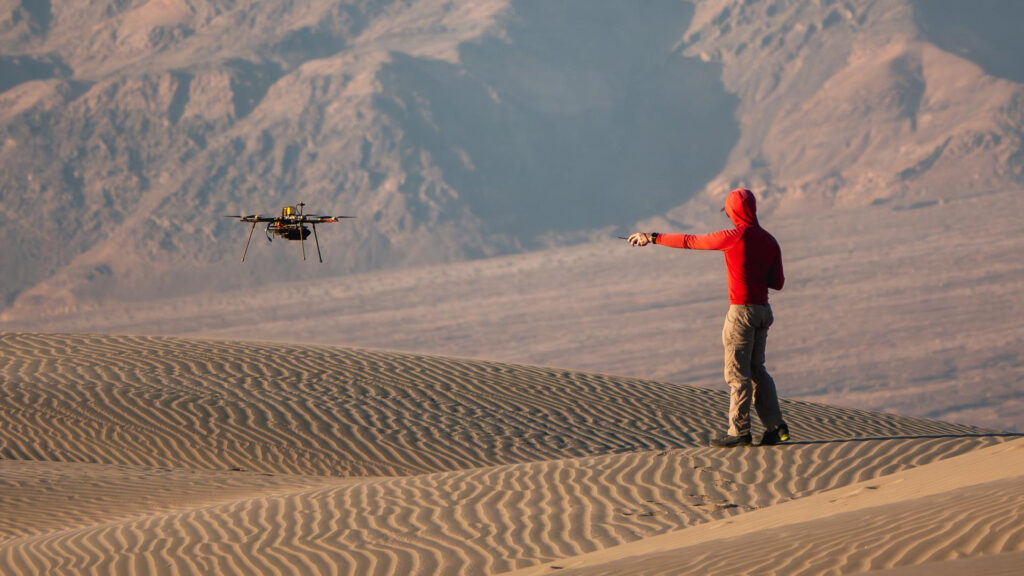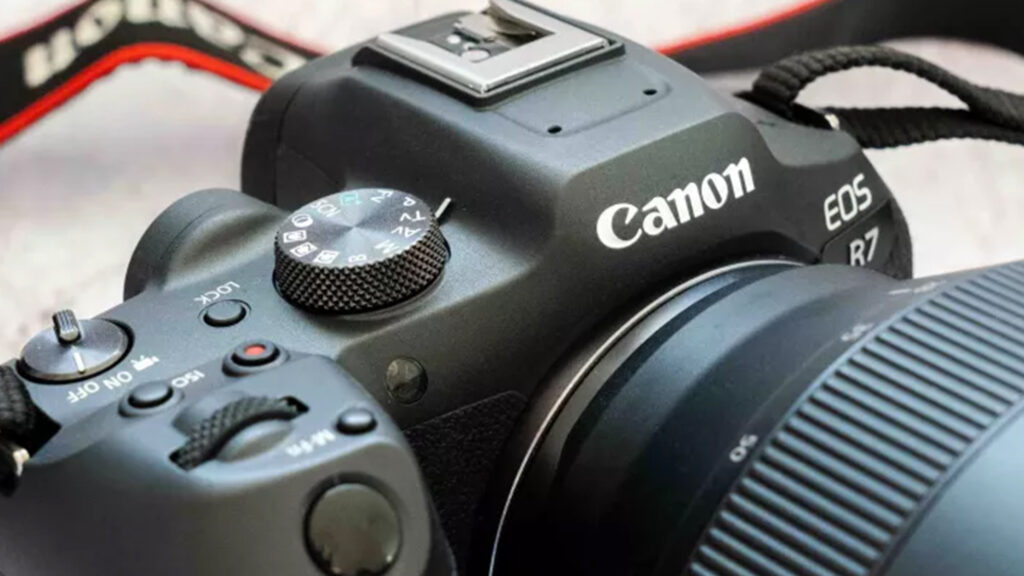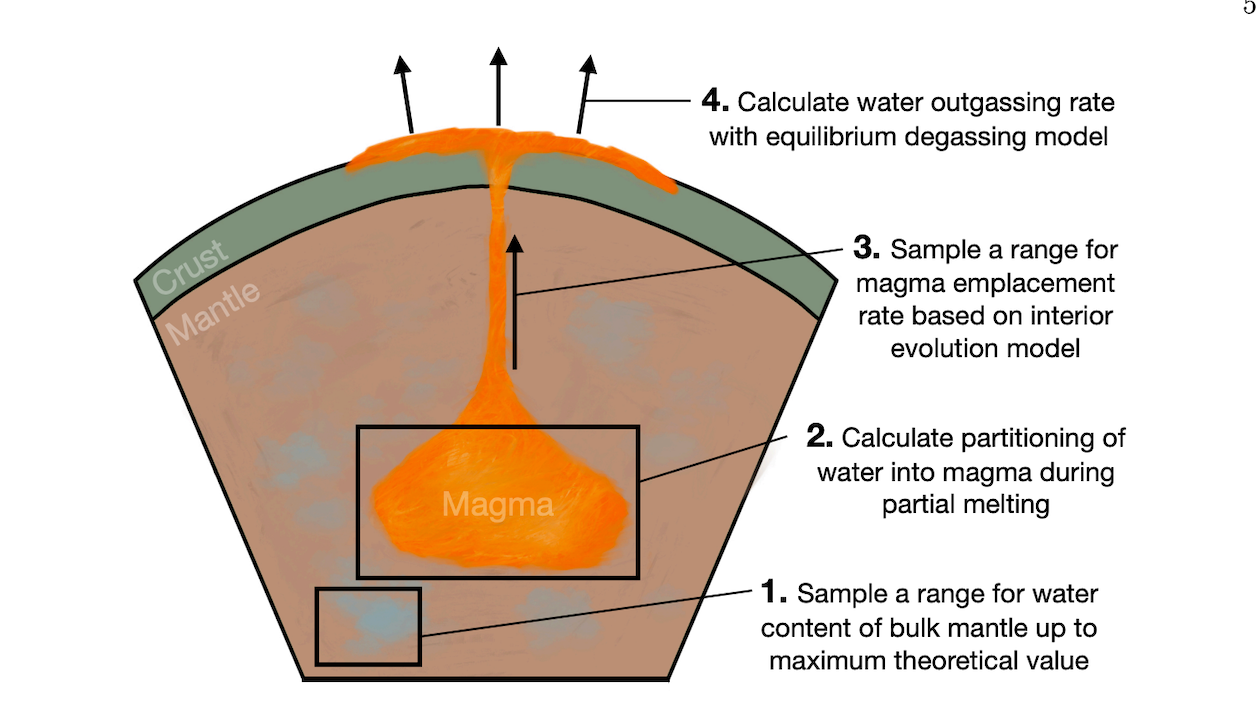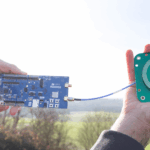Now Reading: Planet hunter Plato gets its eyes | Space photo of the day for May 7, 2025
-
01
Planet hunter Plato gets its eyes | Space photo of the day for May 7, 2025
Planet hunter Plato gets its eyes | Space photo of the day for May 7, 2025
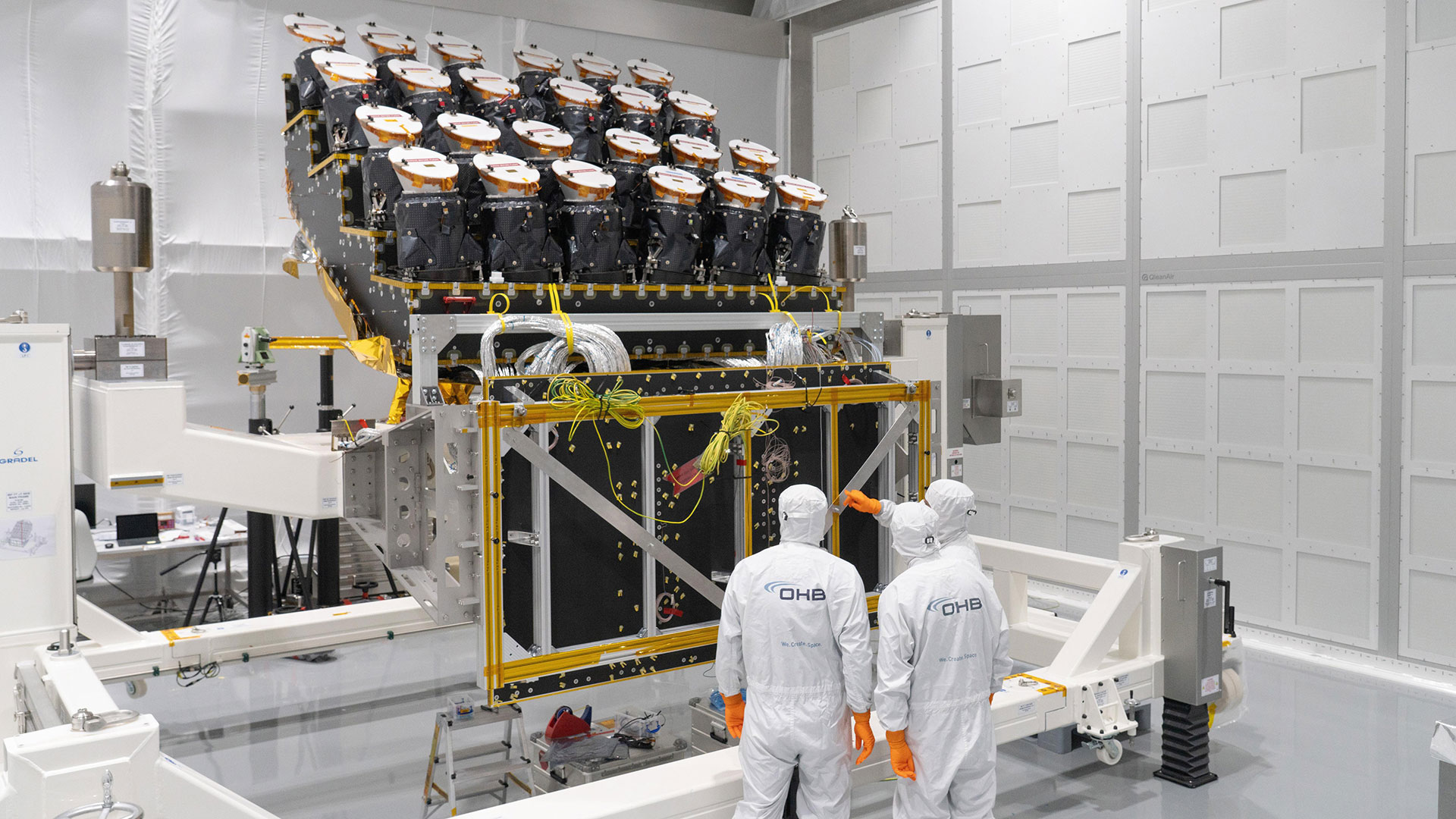
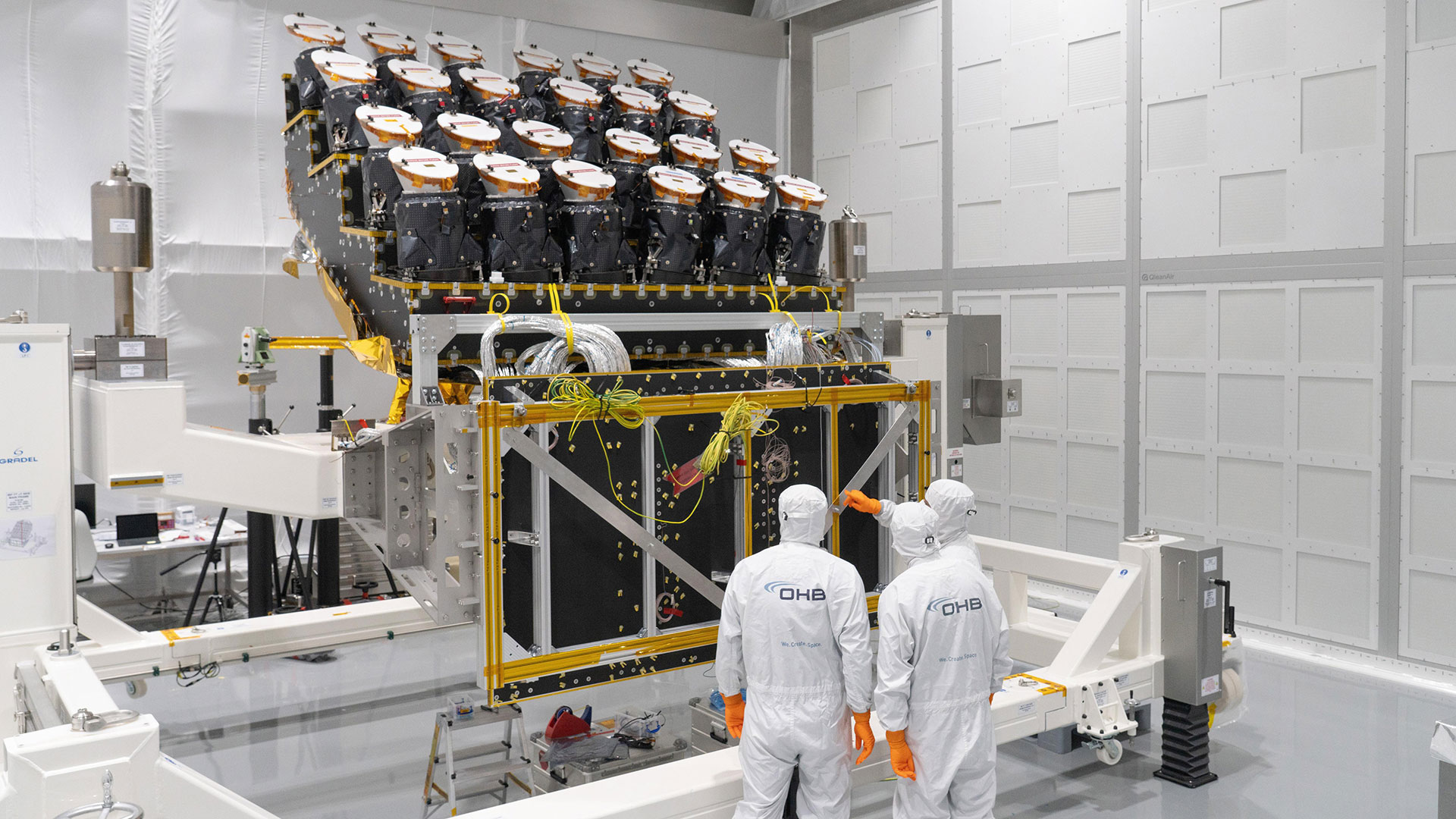
The European Space Agency (ESA) is two dozen steps closer to launching Plato, a spacecraft that will search for terrestrial planets outside of our solar system, after the installation of 24 of its 26 cameras.
What is it?
ESA’s Plato, or PLAnetary Transits and Oscillations of stars, mission will use its 26 cameras simultaneously to study terrestrial exoplanets in orbits up to the habitable zone of sun-like stars. The mission will measure the sizes of these worlds and discover exomoons and rings around them. Plato will also characterize the planets’ host stars by studying tiny light variations in the starlight it receives.
As pictured here, the work to give Plato its sensitive eyes is nearing completion. Twenty-four of the 26 cameras have been installed on the spacecraft’s optical bench, the structure that keeps all cameras firmly pointed in the right direction. Two more “fast” cameras will be installed in the coming weeks.
“This activity is one of the most critical in building the satellite. The cameras are delicate elements that must be attached to the spacecraft’s supporting structure with great accuracy, to ensure that they are very precisely aligned,” said Thomas Walloschek, ESA’s Plato project manager, in a statement.
Where is it?
At present, the Plato spacecraft is under assembly at OHB, an aerospace contractor, in Germany.
When it launches in 2026, Plato will be sent into a halo orbit around the Sun-Earth Lagrange point-2 (L2).
Why is it amazing?
Plato’s 24 cameras are arranged in four groups of six that have the same field of view. The lines of sight of the four groups are offset by an angle of 9.2 degrees. With this configuration, the cameras can survey a very large area of the sky, more than 2000 square degrees, at once.
The 24 identical cameras will make images every 25 seconds, while the two “fast” cameras will make them every 2.5 seconds.
Each of the 24 cameras is equipped with four CCD light sensors for a total of 81.4-megapixel images per camera, resulting in two-billion-pixel images for the overall spacecraft. These will be the largest images ever for a space mission.
Want to know more?
You can read more about Plato, Europe’s planet-hunting telescope, and more about exoplanets.
Stay Informed With the Latest & Most Important News
-
 012024 in Review: Highlights from NASA in Silicon Valley
012024 in Review: Highlights from NASA in Silicon Valley -
 02Panasonic Leica Summilux DG 15mm f/1.7 ASPH review
02Panasonic Leica Summilux DG 15mm f/1.7 ASPH review -
 03From Polymerization-Enabled Folding and Assembly to Chemical Evolution: Key Processes for Emergence of Functional Polymers in the Origin of Life
03From Polymerization-Enabled Folding and Assembly to Chemical Evolution: Key Processes for Emergence of Functional Polymers in the Origin of Life -
 04How New NASA, India Earth Satellite NISAR Will See Earth
04How New NASA, India Earth Satellite NISAR Will See Earth -
 05And Thus Begins A New Year For Life On Earth
05And Thus Begins A New Year For Life On Earth -
 06Astronomy Activation Ambassadors: A New Era
06Astronomy Activation Ambassadors: A New Era -
07SpaceX launch surge helps set new global launch record in 2024












